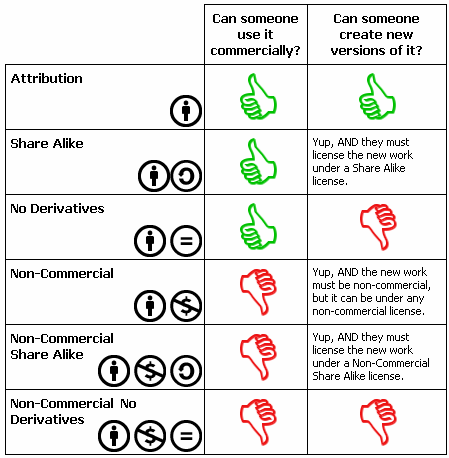“In almost any gift-giving situation, there is some expectation of return, whether it is a tax deduction, a named building, or an enhanced reputation. That’s why anonymous gift giving is so rare. Giving always occurs within a social context that makes a gift reciprocal in nature. Perhaps corporations that give with some expectation of return are only being more strategic and explicit than predecessors who gave with equal expectations but said less about it – or who gave without planning. For a gift to be genuinely altruistic in nature, that is, for it to demonstrate other-centered love, it must have benefit to the recipient as its primary motive and purpose, but not necessarily its only motivation or purpose. Therefore, strategic or “smart” giving may be regarded as ethical.”
from: Media Ethics: Cases and Moral Reasoning. Christians, Clifford. 2001.
Is strategic gift-giving ‘ethical’?
The above quote first made me upset. I was struck by the last sentence where gift giving that was strategic for the giver was paired with the phrase ‘ethical’. But once I re-read the statement, I found the idea of return expectations rather interesting. If these ‘gift-givers’, ‘donators’, ‘philanthropists’ give more with the expectation of a boosted reputation or tax deduction with the benefit of a positive public image, then by all means I accept it. Either way, the recipients in most cases, are receiving what they so desperately need, whether it’s families who need homes, or endangered species.
Examples of organizations that use strategic gift-giving…
Home Depot’s strategic gift giving of using materials from it’s store to build homes for Habitat Humanity, not only benefits Habitat Humanity, but also serves to establish an image of Home Depot as a positive organization. Home Depot is seen as a company that helps those in need. It would be disconcerting to imagine that if Home Depot could not get recognized for it’s contribution, it would not bother to contribute, and thus families would not receive materials for their home. And I have no doubt in many situations this would in fact be the case. Which is why strategic planning is indeed, ethical.
Another example strategic giving can be seen in Exxon/Mobile’s use of it’s corporate logo of a Tiger. The company gives donations to protect tigers and their environments, which ties the company to a cause. Establishing it’s logo as a reminder of the positive image it gives off by donating to the aid of Tiger preservation. This is a major strategic move, by using the logo as a reminder, the company strategically credits its image.
Another example of strategic management can be seen in the product Dawn. Dawn dish soap paired it’s organization with aiding wildlife. Dawn donates dish soap to wildlife rescue so animals in oil spills can be safely cleaned using it’s product. Because of this, Dawn established that it’s product was “tough but gentle” because it could clean the oil off animals without harming their fur. This pairing of the Dawn product with the use of it’s product on the wildlife they donate money to save, boosts the companies philanthropist efforts.





